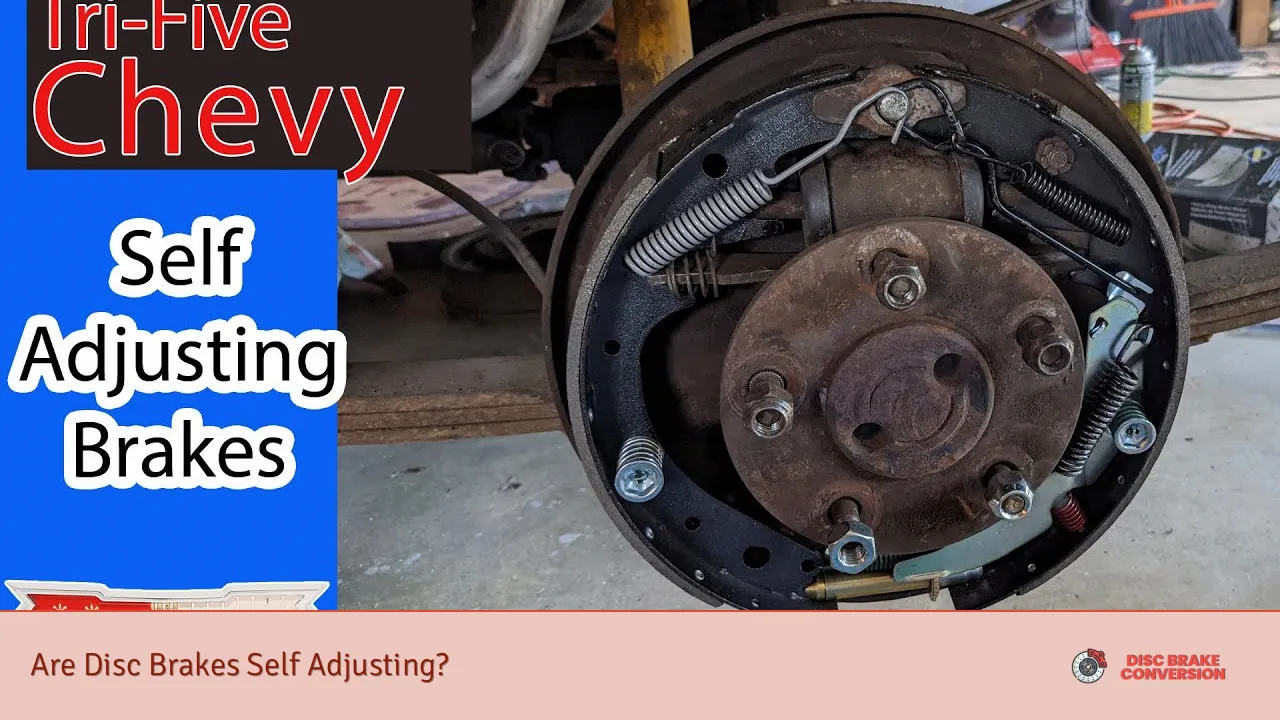Disc brakes are a vital component of modern vehicles, providing reliable stopping power and enhanced safety. Understanding whether disc brakes are self-adjusting is crucial for vehicle maintenance and performance. This article delves into the mechanics of disc brakes, their adjustment capabilities, and the implications for vehicle maintenance.
Feature Description Self-Adjusting Mechanism Disc brakes can automatically adjust to pad wear. Types of Disc Brakes Includes hydraulic and mechanical systems.
Disc brakes operate by utilizing friction between brake pads and a rotating disc (rotor) attached to the wheel. When the brake pedal is pressed, hydraulic fluid is forced into the brake caliper, pushing the pads against the rotor to create friction that slows down or stops the vehicle. The efficiency of this system can be affected by various factors, including the condition of the brake pads and the alignment of the caliper.
Types of Disc Brakes
There are two primary types of disc brakes: hydraulic and mechanical. Each type has distinct characteristics regarding self-adjustment.
Hydraulic Disc Brakes
Hydraulic disc brakes are commonly found in most modern vehicles. They utilize hydraulic fluid to transfer force from the brake pedal to the calipers. These systems are designed to be self-adjusting due to their inherent design features:
- Piston Mechanism: When the brake is applied, pistons in the caliper push the brake pads against the rotor. As the pads wear down over time, the pistons extend further outwards to maintain contact with the pads, ensuring consistent braking performance without manual adjustment.
- Elastic Seal: The pistons are held in place by an elastic rubber seal that allows them to retract slightly when pressure is released. This retraction helps prevent drag on the rotor and ensures that the system remains responsive.
Mechanical Disc Brakes
Mechanical disc brakes operate using a cable system similar to traditional rim brakes. These systems typically require more frequent adjustments:
- Manual Adjustment Needed: Unlike hydraulic systems, mechanical disc brakes do not self-adjust automatically. Users must periodically check and adjust cable tension and pad alignment to ensure optimal performance.
- Wear Compensation: While some mechanical systems may have features that allow for minor adjustments as pads wear, they generally do not offer the same level of automatic compensation as hydraulic systems.
Importance of Self-Adjustment
The self-adjusting feature in hydraulic disc brakes offers several advantages:
- Consistent Performance: As brake pads wear, maintaining proper contact with the rotor ensures that braking performance remains consistent over time.
- Reduced Maintenance: The need for manual adjustments is significantly reduced, allowing drivers to focus on other maintenance tasks without worrying about frequent brake checks.
- Enhanced Safety: Reliable braking performance is crucial for safety. Self-adjusting brakes help ensure that drivers can stop effectively under various conditions.
Maintenance Considerations
While hydraulic disc brakes are largely self-adjusting, regular maintenance is still essential:
- Inspect Brake Pads: Regularly check brake pads for wear. Replace them when they reach their minimum thickness to prevent damage to rotors.
- Caliper Alignment: Ensure that calipers are properly aligned with rotors. Misalignment can lead to uneven wear and reduced braking efficiency.
- Brake Fluid Check: Monitor brake fluid levels and quality. Contaminated or low fluid can compromise braking performance.
Common Issues with Disc Brakes
Despite their advantages, disc brakes can encounter issues that may affect their functionality:
- Brake Fade: Continuous use can cause overheating, leading to diminished braking power. This is particularly common in high-performance driving situations.
- Noise: Squeaking or grinding noises may indicate worn pads or debris trapped between components. Address these issues promptly to prevent further damage.
- Pulling: If a vehicle pulls to one side during braking, it may indicate uneven wear or a malfunctioning caliper. This requires immediate attention.
FAQs About Disc Brakes
- Are all disc brakes self-adjusting?
No, only hydraulic disc brakes typically have self-adjusting mechanisms. - How do I know if my disc brakes need adjustment?
If you experience uneven braking or hear unusual noises, it may indicate a need for adjustment. - Can I convert mechanical disc brakes to hydraulic?
Yes, but it requires specific components and expertise for proper installation. - How often should I replace my brake pads?
Brake pads should be replaced when they reach about 1.5mm in thickness. - What causes brake fade?
Brake fade is typically caused by overheating due to prolonged use or aggressive driving.
In conclusion, understanding whether disc brakes are self-adjusting is crucial for effective vehicle maintenance. Hydraulic disc brakes offer significant advantages in terms of self-adjustment and overall performance consistency compared to mechanical systems that require more frequent manual adjustments. Regular inspection and maintenance remain essential for ensuring optimal braking performance and safety on the road.

